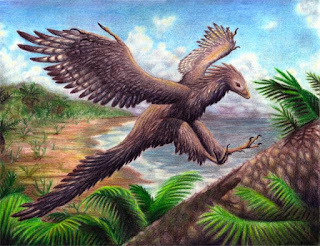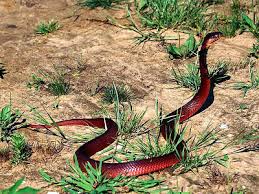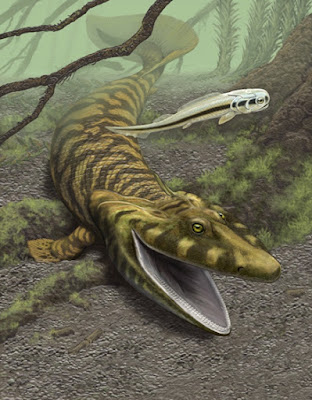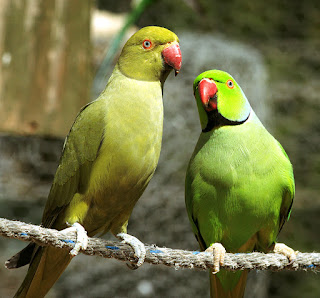Elephants
Elephants
Elephants are the only largest mammal on the land of Earth.
Elephants only have three different species. These are:
1. African Bush Elephant: Roams the African
savanna and is biggest of the three species. The males or bulls can stand up to
4m (13ft.) tall and weigh between 6,000 kg to 9,000 kg.
2. African Forest Elephant: They are found in
the rainforests of central and West Africa. These elephants are much smaller
than their savanna relatives, an adults stand at 2.5 (8ft.) and weigh around 2,700
kg.
3. Asian Elephant: They live in the dense
lowland jungle of south and Southeast Asia. In terms of size and weight, they
lies somewhere in between its two African cousins.
All elephants share the same basic body plan. These mammals have
large, barrel shaped bodies with a distinctive downward curving (convex) spine.
Four pillar like legs support the elephant`s heavy head and giant frame. All
elephants have large flapping ears, but the ears of the two African species are
much larger than those of their Asian counterpart. A network of blood vessels
in the ears radiates heat away from the body, helping to keep elephants cool in
hot and humid conditions where they live. Perhaps the most distinctive
characteristic of an elephant`s body is its long trunk. The trunk is a long
extension of the animal`s upper lip and nose. The elephant`s muscular trunk is
extremely flexible. Elephants use them to perform a wide range of tasks, such
as lifting heavy logs and plucking leaves from the tallest branches. The elephant
also uses its trunk as a hose to squirt water (and dust) over its body. The tip
of the Asian elephant`s trunk is slightly different to those of the African
species. In Asian elephants, the trunk ends with a single finger like
projection, called a process. African elephants have two processes on the end
of their trunks. The processes are highly mobile and are used to pick up small
objects. Elephants eat a lot of food to support their enormous bulk. An
adult bull needs about 160 kg of food every day. They use their muscular trunks
to pull down branches and then pick off the foliage with great dexterity using
the processes at the tips of their trunks. Elephants eat a wide range of plant
material, from bark and branches to grasses, leaves, green shoots and
occasionally, fruit in the case of the African forest elephant. One unusual
feeding habit of elephants is the way they supplement their diet by eating
salt. Elephants often visit diet areas of salt rich soil, breaking up the salt
crystals with their long tusks. The location of these salt sites seems to pass
through the generations as young elephants learn from older members of the
herd.
Elephants live in groups called herds, which consist of a
dominant (usually the oldest) female, called the matriarch and young female
relatives and their offspring. In areas of dense vegetation, different herds of
African elephants often join together to form large groups containing 100 or
more individuals. Communication is very important among members of the herd.
Elephants call to each other and stamp their feet to communicate and they also
co-operate, for example, when one member of the herd stands as a lookout while the
other elephants take dust baths. The sense of touch seems to play an important
part in elephant communication. Elephants greet each other by standing close
and intertwining their trunks and females are rarely more than a trunk`s length
away from their young, called calves. Elephants enjoy a mixed relationship with people. But human
activities, such as forest clearance and hunting, have also decimated the
elephant population in some parts of the World. The International Union for
Conservation of Nature (IUCN) lists the African elephant as vulnerable and the
Asian elephant as endangered, the biggest impact on elephant numbers has been
hunting.
Reference
Also See
• Parrots
• Bats
• Bears
• Birds
©
Don`t Kill Creatures of
Nature, You have No Right to Do That
Being Vegetarian, Love
Creature of Nature
Live and Give Space for
another Life
Save Nature
Love Nature

















Comments
Post a Comment
Thanks For Your Valuable View.